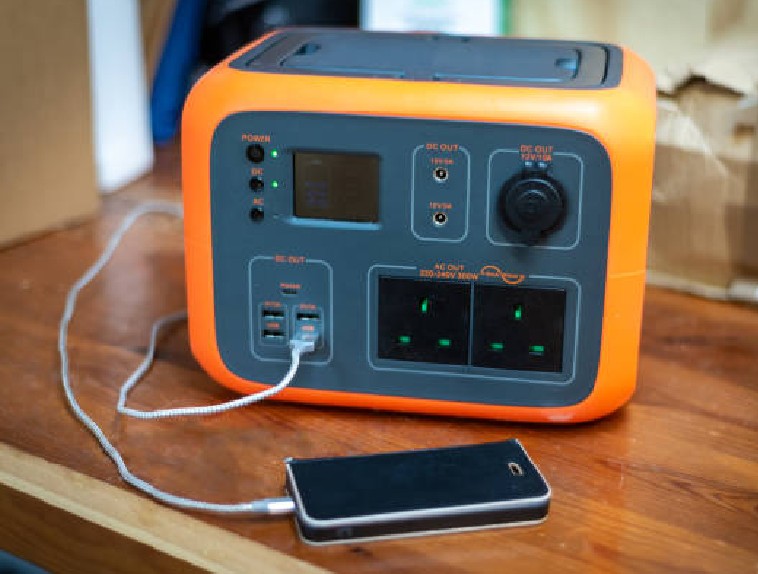Modern power grid operation is technically difficult. The grid’s generation capacity must be sufficient to meet the highest possible demand, which rises annually as a result of population expansion. Utility providers must constantly improve their transmission and distribution capacity to make sure that electricity can get to the point of consumption. However, generation alone cannot guarantee a consistent power supply.
The most difficult season of the year for power companies is summer because of the substantial rise in electricity usage brought on by air conditioning. Millions of AC systems running in homes and businesses require power, and the grid must be prepared to supply it since the load tends to rise yearly. Additionally, the grid needs to be ready for summers with higher-than-average temperatures, with 2022 perhaps ranking among the ten warmest years on record.
Building owners and electricity companies both gain from energy efficiency and demand response. With energy efficiency measures, buildings can achieve a permanent reduction of their gas and electricity bills. Demand response lowers the peak consumption measured by power meters, reducing capacity charges.
Energy Efficiency Measures for Summer
Summertime electrical usage is mostly driven by air conditioning; however, this presents a chance to take actions that increase cooling effectiveness. There are three basic strategies to lower the amount of electricity that air conditioners use:
- Increasing the building envelope will lessen heat gain from the outside.
- Replace old, inefficient air conditioners with new, more effective ones.
- With automatic controls, such as smart thermostats, VFDs, building automation systems, etc., usage can be reduced even more.
These actions taken together can significantly lower a building’s air conditioning costs. However, in order to determine the precise procedures that will produce the most savings, an energy audit is strongly advised as a starting point. Since property characteristics and energy consumption patterns differ for each structure, energy efficiency calls for a tailored solution.
Building envelope upgrades range from straightforward fixes like caulking and weather-stripping to more involved initiatives like full window replacements and improved wall insulation. Energy is saved all year long when a building has a high R-value and an airtight envelope. Since the amount of heat exchange between the interior and exterior is reduced, both space heating and air conditioning systems perform more effectively.
During the summer, high-efficiency air conditioning systems can generate significant savings. Modern chillers with variable speed compressors and variable refrigerant flow (VRF) systems are typically the most effective solutions for building owners. Use mini-split systems with a high SEER (seasonal energy efficiency ratio) value when a building is divided into apartments or commercial sectors that require unitary air conditioners to save money.
An effective air conditioner can increase savings through the use of smart controls. To maximize comfort and efficiency, temperature settings can be changed. Part-load situations might also result in slower chilled water pumps and air handling unit fans.
Benefits of Demand Response Measures
The purpose of demand response measures is to lower building energy use when the grid is under heavy strain.
- Power companies frequently offer demand response programs where building owners receive compensation for lowering their use during peak demand periods.
- Buildings can utilize demand response strategies to lessen their unique consumption peaks even without this incentive, and this is represented as a lower capacity price on the monthly power bill.
Demand response actions can take many different forms, which provides building owners with a chance to be creative. Changing the equipment’s operating schedule is an easy technique to lessen consumption peaks. Peak demand will be reduced if non-critical loads that typically run during peak demand are used during other periods of the day.
More complicated measures can also be used to implement demand response. For instance, building owners can use battery systems powered by solar energy generated on-site to lower the net demand as indicated by the power meter.











Find Us on Socials